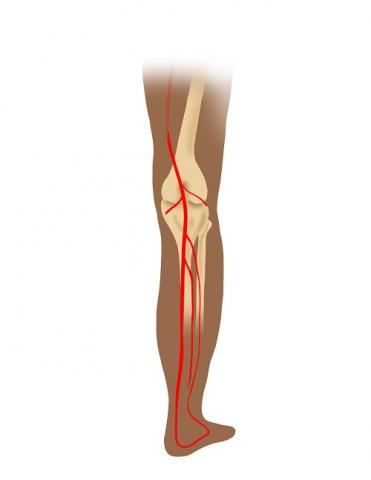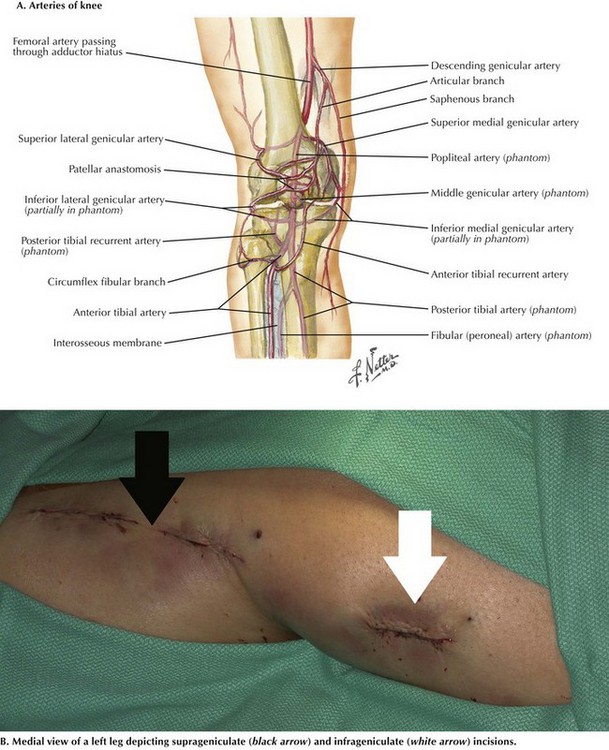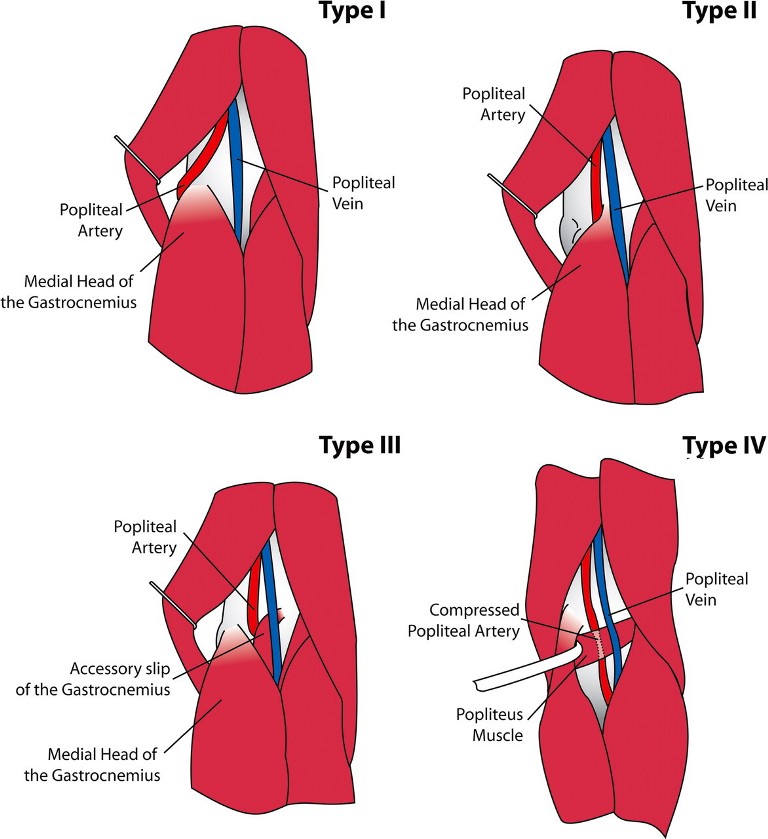Popliteal Artery Entrapment Syndrome Surgery
Popliteal artery entrapment syndrome surgery. Treatment For Popliteal Artery Entrapment Syndrome. If compression is detected and the popliteal artery remains healthy surgery most often results in restoring normal blood flow to the leg. An incision is made behind the knee to reach the popliteal artery and the muscle or tendons to release the compression.
Popliteal artery entrapment syndrome PAES is a unique condition that clinically manifests with neuromuscular and ischemic symptoms in the lower extremities resulting from constriction of the popliteal artery behind the knee. During this surgery an incision is made behind the knee to access the popliteal artery and the muscle tendon or band causing the compression is relieved. Surgery can be done to correct the problem.
Popliteal artery entrapment syndrome is a commonly misdiagnosed condition that should be considered in patients presenting with exertional lower-extremity pain. In more advanced cases when the popliteal artery is blocked rather than. For most patients the graft remains patent after surgery with five-year patency exceeding 90.
What is the surgical procedure for popliteal artery entrapment syndrome. Surgery is the only way to fix anomalies in the calf muscle and to open the artery that has been blocked in Popliteal artery entrapment syndrome. Popliteal artery entrapment syndrome PAES is a rare congenital vascular pathology caused by a compression of the popliteal artery by adjacent muscle and tendon structures.
Surgical release of the popliteal artery was performed in 11 limbs. Popliteal Artery Entrapment Syndrome PAES Treatment. This allows normal blood flow to return to the leg.
At a median follow-up of 15 months all 11 limbs were free of ischemic symptoms and regained normalized popliteal flow on DUS. 1Department of Surgery University Hospital Split Croatia. In addition to a focused physical examination the ankle-brachial index and advanced imaging consisting of computed tomography and computed tomographic angiography or.
Surgery to relieve abnormal compression of the artery is performed in two approaches. The best outcomes are experienced by open surgical processes in popliteal artery entrapment syndrome management.
What is the surgical procedure for popliteal artery entrapment syndrome.
Popliteal artery entrapment syndrome PAES is a rare congenital vascular pathology caused by a compression of the popliteal artery by adjacent muscle and tendon structures. 1Department of Surgery University Hospital Split Croatia. Popliteal artery entrapment syndrome is a commonly misdiagnosed condition that should be considered in patients presenting with exertional lower-extremity pain. If the arterial wall is extensively damaged or there are signs of aneurysm or occlusion it is advisable to go for bypass grafting. For most patients the graft remains patent after surgery with five-year patency exceeding 90. Surgical release of the popliteal artery was performed in 11 limbs. Popliteal artery entrapment syndrome is an important albeit infrequent cause of serious disability among young adults and athletes with anomalous anatomic relationships between the popliteal artery and surrounding musculotendinous structures. People with this condition develop pain with walking or during strenuous exercise. At a median follow-up of 15 months all 11 limbs were free of ischemic symptoms and regained normalized popliteal flow on DUS.
Treatment requires decompression of the entrapping muscle and release of the popliteal artery in order to allow for revascularization which is typically performed through surgery 25-911. In some types of PAES a 4- to 6-inch incision behind the knee can provide the necessary exposure to. Surgery can be done to correct the problem. Your UPMC vascular surgeon can treat PAES through open surgery to release the compression of the popliteal artery. Surgery is the only way to fix anomalies in the calf muscle and to open the artery that has been blocked in Popliteal artery entrapment syndrome. If compression is detected and the popliteal artery remains healthy surgery most often results in restoring normal blood flow to the leg. Popliteal artery entrapment syndrome is an important albeit infrequent cause of serious disability among young adults and athletes with anomalous anatomic relationships between the popliteal artery and surrounding musculotendinous structures.





































Post a Comment for "Popliteal Artery Entrapment Syndrome Surgery"